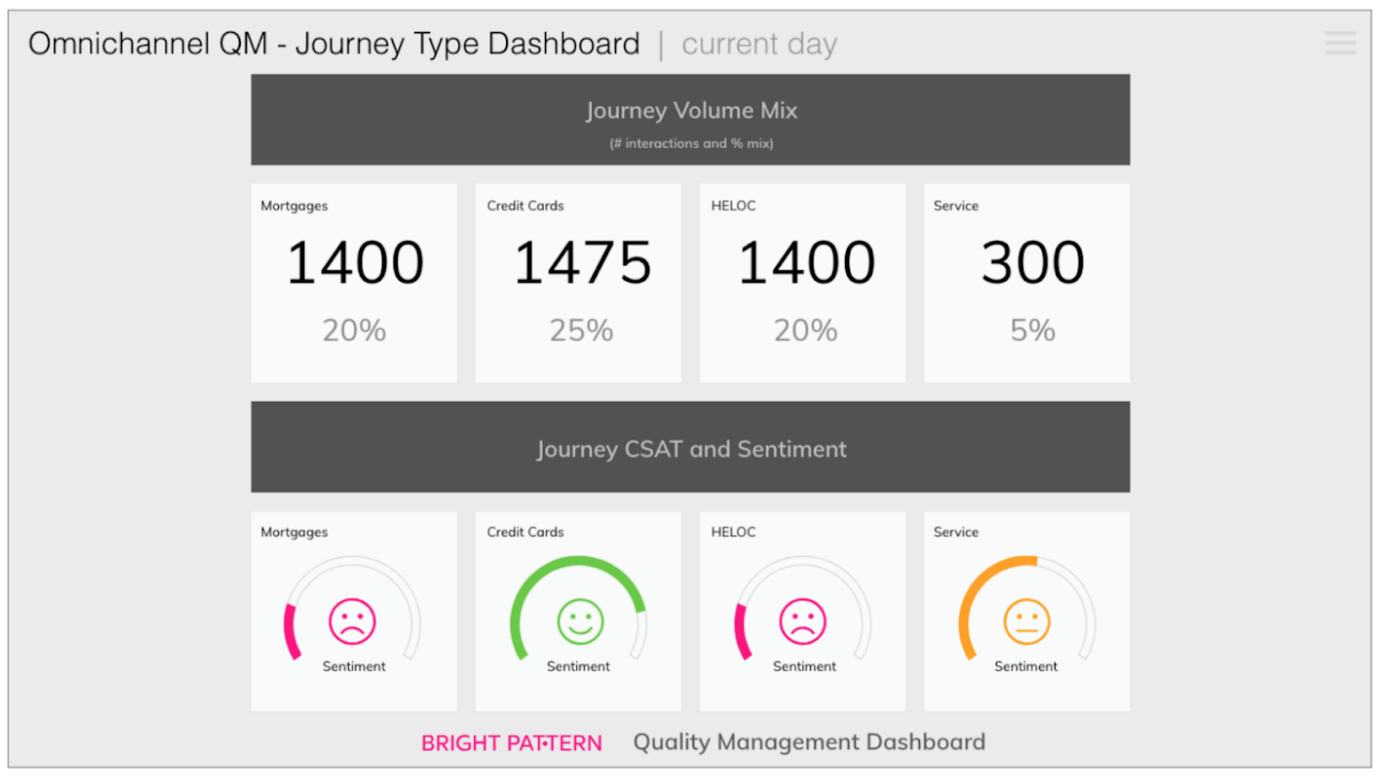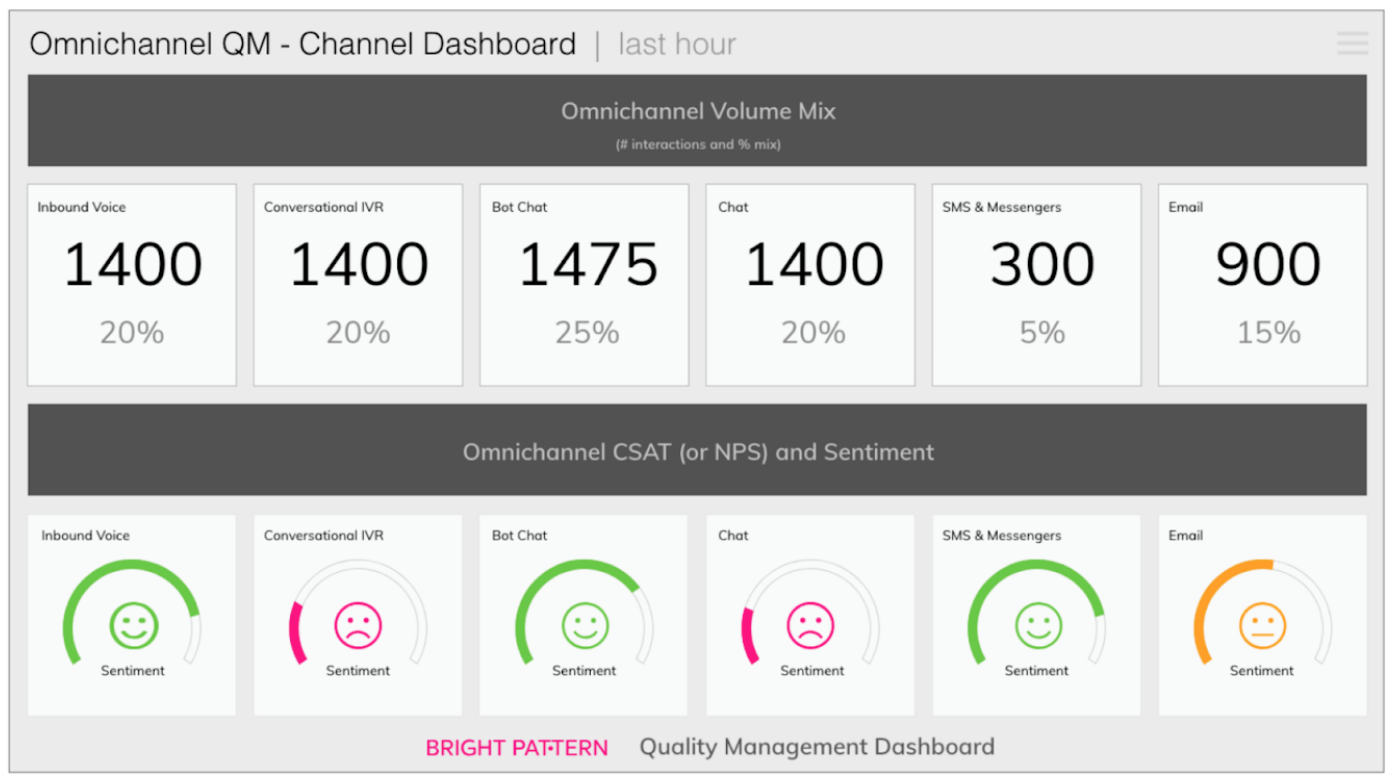The customer experience (CX) is increasingly digital with over 95% of customer interactions starting on websites. Forrester research shows that customers are using and hopping between an increasing number of channels, such as chat, text, messengers, and of course, traditional channels like email and voice calls. Even though “omnichannel” is still an industry buzzword and there has been a dramatic shift to new channels, fewer than 20% of companies offer a seamless, continuous conversation across channels. Consumers want this type of effortless customer experience without friction or silos, but companies are failing to deliver.
Similar to the gap between customers’ expectation for omnichannel and companies’ ability to offer it, metrics for customer experience have also remained siloed and focused all too often on voice. Traditional CX metrics like Average Handle Time are still valid but today’s digital world requires new metrics. In this blog, I will discuss and propose some new metrics as well as some keys to measuring them.
You Can’t Improve What You Don’t Measure: Improve Your Customer Journey Through Omnichannel Metrics
Recent metrics that attempt to move beyond siloed metrics for the voice-only world include Reichheld’s Net Promoter Score (NPS), Customer Satisfaction (CSAT), and Sentiment, which rate overall how customers feel about a company and their customer experience.
Measure the Customer Satisfaction by Business Segment
For example, banks may want to measure CSAT, NPS, or Sentiment by journey type—think mortgages, credit cards, or home equity line of credit. Likewise, retailers may want to measure NPS by journey types like TV sales versus refrigerator sales. By measuring at the business segment level, you can improve the quality of each type of customer journey. In the illustration shown, these quality assurance metrics are displayed in a CX quality management dashboard of CSAT and sentiment by journey type.

CSAT is typically obtained by a simple survey (e.g., rate your experience by giving 1–5 stars) at the end of the given customer’s journey. Sentiment can be measured by an average sentiment score or ending sentiment score for each journey using AI measurements.
Measure the Customer Satisfaction by Channel
To improve channel customer experience, institute quality management for each channel you use in your customer journey. To do that, I propose measuring NPS, CSAT, and Sentiment on all channels, traditional and digital, letting you see which channels are performing well or poorly. They require a simple survey at the end of all interactions within the larger customer journey. If you can see which channel is performing poorly (e.g., chatbots), you can improve the channels and smooth out any points of friction in the customer’s journey. A Bright Pattern survey of consumers showed that NPS scores for bots, text messaging, IVRs, email, and social interactions ranked low, showing common areas along the customer journey that companies should improve.

Measure the Customer Satisfaction by Customer Group
Similarly you can look at CSAT, NPS or Sentiment by customer segment, such as gold customers, bronze customers, and new prospects. This provides you with the opportunity to provide specialized care to your best customers by personalizing their experience.
Enable Omnichannel Conversations and Omnichannel Quality Assurance Measurements via a Platform Approach.
So how to get started? First and foremost, to offer a seamless conversation across channels while measuring these omnichannel conversations you need to take a platform approach. All channels must be native in the platform so that a single conversation can be offered to your customers and all interactions can be measured from a quality management standpoint. An end-to-end omnichannel CX platform with omnichannel conversation capability and omnichannel quality management embedded within the platform is the key to easily creating and measuring great omnichannel customer journeys. Contrast this to bolt-on systems that are expensive and time-consuming to implement with siloed conversations and data.
So if your company is ready to provide the omnichannel experience every customer is clamoring for, and you’re ready to learn more about how to turn on omnichannel conversations and measurements at your company, reach out to one of our CX experts today to set up a customized demo to show you what’s possible.



